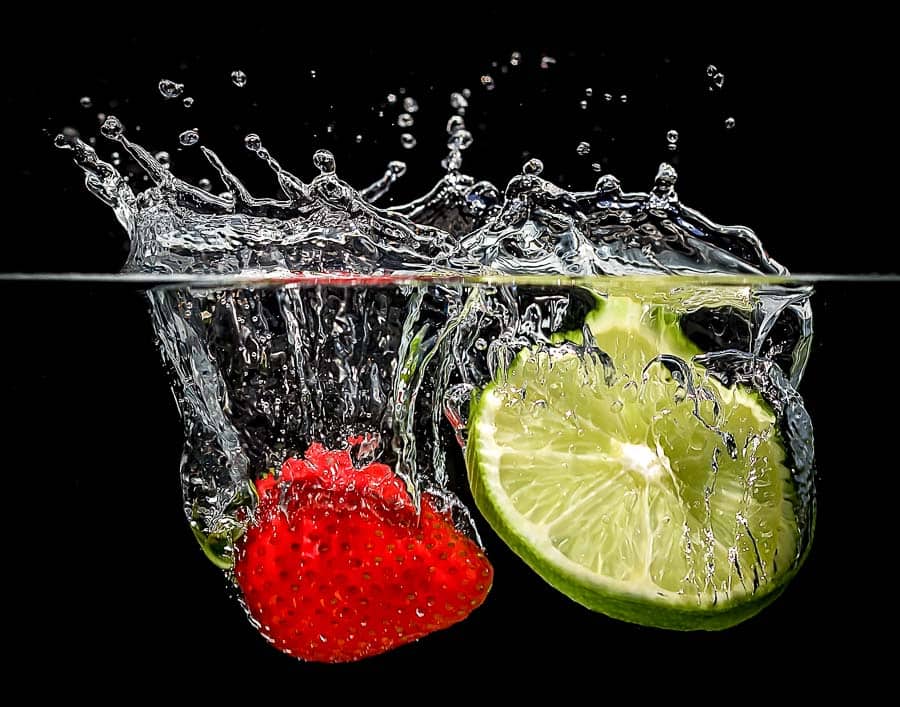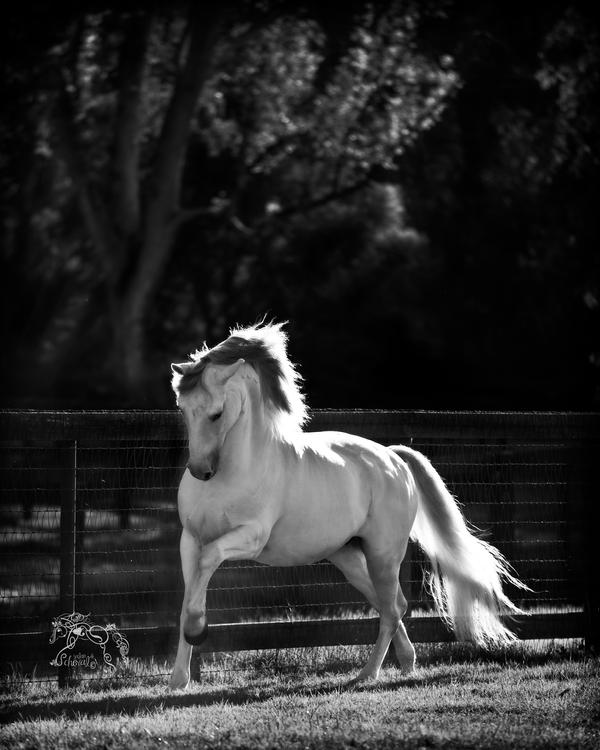If you want to freeze a moment, you can take a photo and capture the scene for eternity. But what if you want to photograph something that happens in the blink of an eye?
High-speed photography means taking pictures of actions that happen in a fraction of a second. Activities that are so fast that you are not able to see them with your eyes alone. For instance, when a balloon bursts or an object splashes into the water. Everything happens in a second, and you cannot see the actual action. But your camera can.
You only need to learn a few techniques to be able to freeze the moment and capture the fast-moving subject.
We reveal 9 tricks to help you improve your high-speed photography skills.
1. Start Shooting at Home to Understand High-Speed Photography
Start with the basics at home before shooting fast-moving animals or motorbikes.
Start practising with splashing objects or popping balloons. These are the best ways to understand high-speed photography.
You only need a few things to get started:
• DSLR camera, Mirrorless, or smartphone camera
• A tripod (or you need two very stable hands)
• A subject (this can be a glass full of water or a balloon filled with paint)
• A wireless external flash (at least one)
• A black backdrop – this could be a black sheet made of cardboard or anything that won’t reflect light.
You also need something that creates the action: a needle to pop the balloon or fruits to dive into the water. Having a helping friend can be useful for high-speed photography sessions.
The good news is that any DSLR camera is suitable for high-speed photography. You have two basic options to capture a fast-moving subject. Shorten the shutter speed or use the flash that only illuminates the subject minimally.
Keep in mind that you need to have enough light as you increase your shutter speed. Always think about the exposure triangle. If you change one of the variables, you need to balance out the other two.
This kind of high-speed photography requires an exposure time that is 1/20000th of a second. Most of the cameras cannot fulfil this condition. The speed and the direction of your subject will also influence the settings. How should you start then?
2. Practice the Process
For these kinds of photos, you have to shoot in a dark room with a narrow aperture and in Bulb mode. You don’t want any extra light influencing your photograph.
Set up your subject in front of the black backdrop and position your camera.
Set up your external flash so that it points towards the side of the subject. Keep the flash out of your viewfinder.
Put your camera in a manual mode. This way, you can control aperture, ISO and shutter speed. Use the lowest ISO possible. Start with 100 and only increase it if your flash doesn’t provide enough light.
You want to use a small aperture for the largest depth of field. Set the power of your external flash to the lowest. The reason for that is simple: the less power your flash uses, the shorter the flash duration.
This is the key to high-speed photography indoors. The less power, the more you can freeze your scene. Shutter speed is not even critical here because your flash is making the exposure.
Take a shot without the flashes first. You should get a completely black image. If not, change the ISO or the aperture till you get a black photo.
Then turn on your flashes and start taking some test shots. You can still adjust the flash duration. Put your camera on Burst Mode so that you have more chances for a good photo.
Remember, you need a bit of luck for high-speed photography. It takes a while until you get your first perfect shot. Keep trying until you feel comfortable with the settings at home and take it to the next level then.
3. Choose the Right Lens
Using high-speed photography outdoors means that you need to prepare for lots of action. A sporting event is the most common example. Most of the time, you are not allowed very close to the moving subjects. This is why using the right lens is very important.
Even from the bleachers, it’s possible to capture frame-filling action shots. The most helpful piece of equipment for sports photography is a longer lens. With a telephoto zoom between 70-300mm, you can cover the entire field from your seat.
This gives you the ability to photograph subjects that are further away. It also means you won’t have to jockey for a place in the front row. To get a different perspective, you may even want to stand on a small stool near a fence.
You are often not allowed to use flash because it can disturb the participants’ attention. Think about adjusting the exposure triangle since you are not using flash.
4. Adjust the Shutter Speed to Avoid Blur
You need to set the shutter speed very fast when photographing any high action scenario. I took many of my favourite action sports shots at 1/500. It’s quick enough to freeze an athlete sprinting down a field without showing any motion blur.
It’s essential to understand how the fast shutter speed affects your exposure. Since the actual shutter is only open for a brief duration, it does not allow much light to reach the sensor. The raised ISO, along with a wider aperture like /f4 will compensate as needed.
Lightning fast shutter speed, such as 1/1000 gives us the ability to pause life. You are capturing instances that the human eye wouldn’t catch. All thanks to advanced technology.
I use this specific setting for the type of heart-pounding action you find at air shows, or in extreme sports. To get a sense of how fast this is, 1/1000 will freeze the spinning blades of an industrial-strength room fan. It will also stop an F-22 jet as it zooms past at 500 miles per hour.
5. Use Shallow DOF for a Higher Shutter Speed
If you flip through the pages of any sports magazine, you’ll notice that the players are sharp. But the fans are out of focus. The wide aperture not only creates that shallow depth of field. It also lets a great deal of light into the camera.
As such, it’s possible to freeze the action. If you are serious about sports or high-speed photography, a lens that opens to f/2.8 is worth the investment. You may even hear people refer to them as ‘fast lenses’. This describes the speed in which the wide aperture lets light into the camera.
Set your lens to the widest possible aperture. Depending on your specific gear, this will likely fall between f/2.8 and f/5.6. This works to throw the background out of focus, bringing full attention to the players.
You don’t want the cars or houses in the distance to distract from the action. Besides creating a shallow depth of field, a wide aperture lets in a great deal of light. This helps to make a proper exposure even in areas with poor light.
High-speed photography is about finding the ideal settings and capturing the right second. With the tips above, you can start practising and improve your skills fast. Come on lets try it!




:max_bytes(150000):strip_icc():format(webp)/GettyImages-77817686-56e116105f9b5854a9f87413.jpg)









Recent Comments